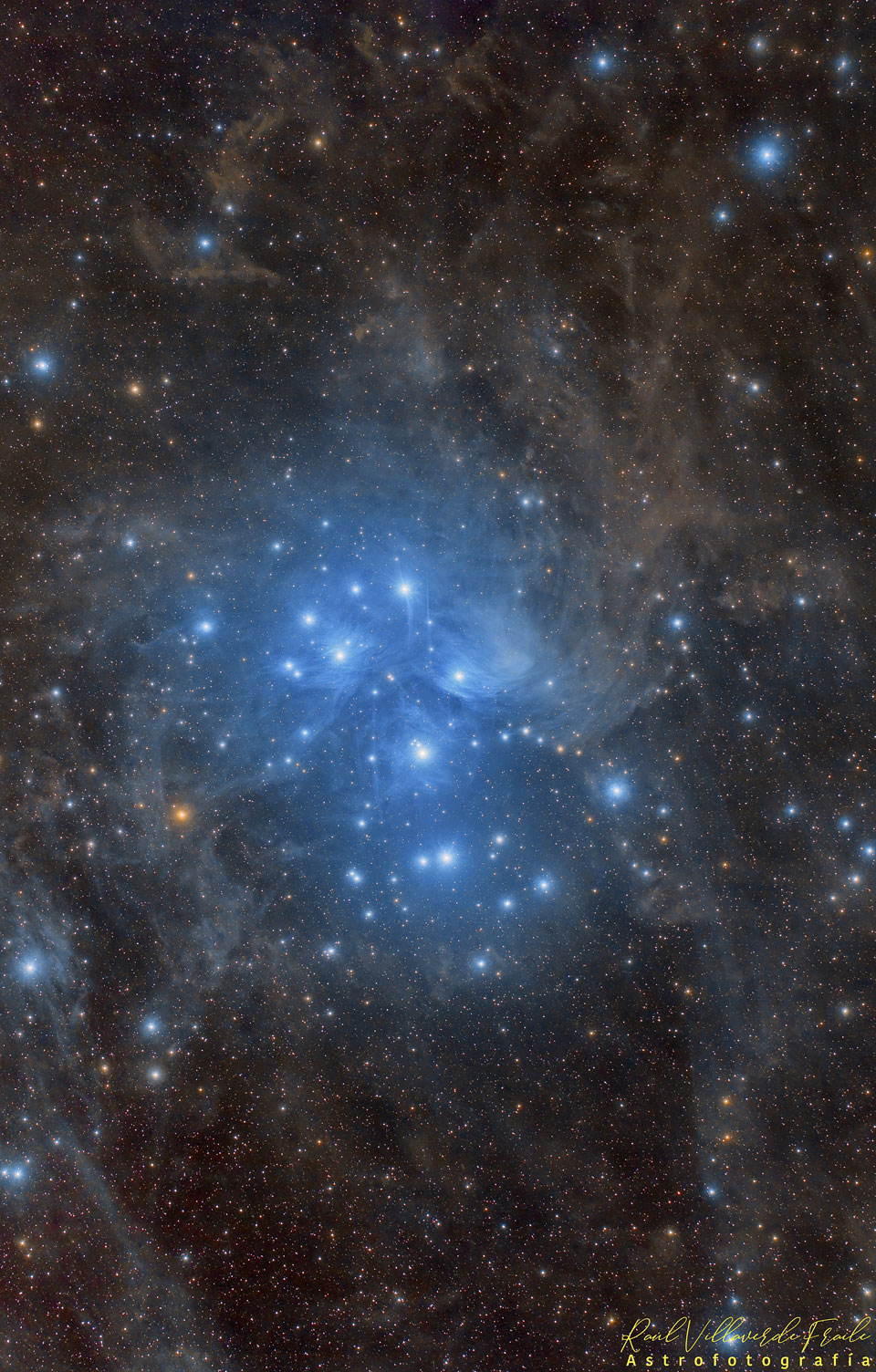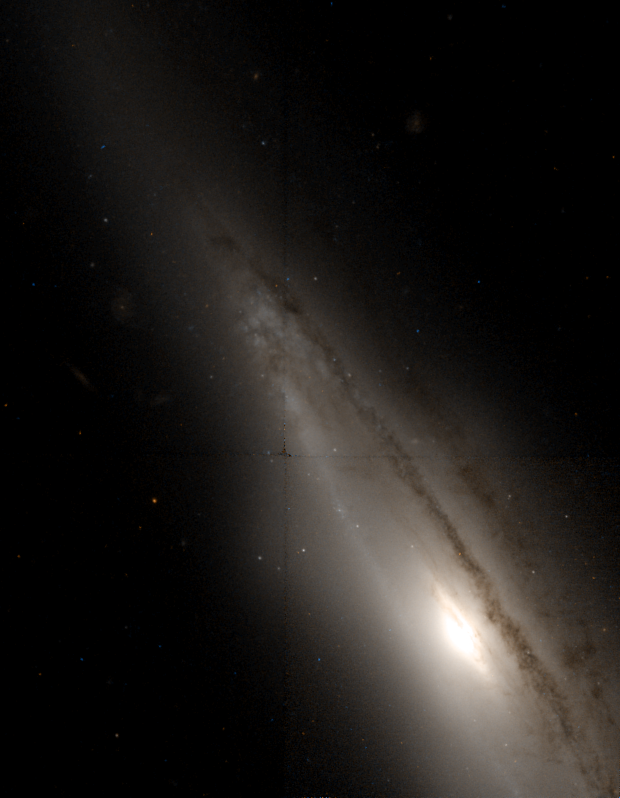Blog
Roosevelt “Baby Face” Willette (September 11, 1933 – April 1, 1971) was a hard bop and soul-jazz musician who played the Hammond organ. It is unclear whether he was born in Little Rock, Arkansas, or New Orleans, Louisiana.His mother was a missionary who played the piano in the church where his father was a minister. As a result, his musical roots were in gospel and Willette became involved in music by playing the piano for various gospel groups, and spent his early career travelling across the United States, Canada and Cuba. In Chicago, he decided to switch from gospel and rhythm and blues to playing in jazz bands. He played piano with the bands of King Kolax, Joe Houston, Johnny Otis and Big Jay McNeely before switching to organ. He also played piano and organ at a neighborhood lounge on the west side of Chicago, the Squeeze Club on 16th. & Homan. In 1960, he arrived in New York City where he met Lou Donaldson and Grant Green, and played on a few Blue Note sessions with them. This led to Willette being signed to Blue Note, which recorded his debut album Face to Face in 1961. Willette formed his own trio in 1963 and recorded two more albums for Argo.
Willette taught himself to play the piano. His organ playing was inspired by Jimmy Smith‘s work, though Willette’s style is more heavily influenced by gospel and soul jazz than Smith’s. Willette was also a professional hairdresser. Before his time in New York City, he was based out of Milwaukee, playing with his vocalist wife Jo Gibson at clubs such as The Flame Club, The Pelican Club, The Moonglow and Max’s among others. After stints in New York City, and then California, failing health forced a return to Chicago, where his family resided. He died in 1971.
more...Arp 220 appears to be a single, odd-looking galaxy, but is in fact a nearby example of the aftermath of a collision between two spiral galaxies. It is the brightest of the three galactic mergers closest to Earth, about 250 million light-years away in the constellation of Serpens, the Serpent. The collision, which began about 700 million years ago, has sparked a cracking burst of star formation, resulting in about 200 huge star clusters in a packed, dusty region about 5,000 light-years across (about 5 percent of the Milky Way’s diameter). The amount of gas in this tiny region equals the amount of gas in the entire Milky Way Galaxy. The star clusters are the bluish-white bright knots visible in the Hubble image. Arp 220 glows brightest in infrared light and is an ultraluminous infrared galaxy. Previous Hubble observations, taken in the infrared at a wavelength that looks through the dust, have uncovered the cores of the parent galaxies 1,200 light-years apart. Observations with NASA’s Chandra X-ray Observatory have also revealed X-rays coming from both cores, indicating the presence of two supermassive black holes. Arp 220 is the 220th galaxy in Arp’s Atlas of Peculiar Galaxies. This image is part of a large collection of 59 images of merging galaxies taken by the Hubble Space Telescope and released on the occasion of its 18th anniversary on 24th April 2008.

Roy Ayers (born September 10, 1940) is an American funk, soul, and jazz composer, vibraphone player, and music producer. Ayers began his career as a post-bop jazz artist, releasing several albums with Atlantic Records, before his tenure at Polydor Records beginning in the 1970s, during which he helped pioneer jazz-funk. He is a key figure in the acid jazz movement, and has been dubbed “The Godfather of Neo Soul”. He is best known for his compositions “Everybody Loves the Sunshine”, “Searchin”, and “Running Away”. At one time, he was said to have more sampled hits by rappers than any other artist.
https://www.youtube.com/watch?v=1cfW_gfV9EA
more...William B. Lawsha, better known as Prince Lasha (pronounced “La-shay“), (September 10, 1929 – December 12, 2008) was an American jazzalto saxophonist, flautist, and clarinetist.
He was born in Fort Worth, Texas, where he came of age studying and performing alongside fellow I.M. Terrell High School students John Carter, Ornette Coleman, King Curtis, Charles Moffett, and Dewey Redman.
more...Roy James Brown (September 10, 1920 or 1925 – May 25, 1981) was an American R&B singer, songwriter and musician, who had a significant influence on the early development of rock and roll and the direction of R&B. His original song and hit recording “Good Rockin’ Tonight” has been covered by many artists including Wynonie Harris, Elvis Presley, Bruce Springsteen, Joe Ely, Ricky Nelson, Jerry Lee Lewis, Pat Boone, James Brown, the Doors, and the rock group Montrose. Brown was one of the first popular R&B singers to perform songs with a gospel-steeped delivery, which was then considered taboo by many churches. In addition, his melismatic, pleading vocal style influenced notable artists such as B.B. King, Bobby Bland, Elvis Presley, Jackie Wilson, James Brown and Little Richard.
Brown was born in Kinder, Louisiana. Some sources report his birth date as September 10, 1925, but the researchers Bob Eagle and Eric LeBlanc gave the date as September 10, 1920, on the basis of information in the 1930 census and Social Security records, and stated that 1925 is incorrect. Media reports state that he was either 55 or 56 at the time of his death.
more...Perhaps the most famous star cluster on the sky, the bright stars of the Pleiades can be seen without binoculars from even the depths of a light-polluted city. With a long exposure from a dark location, though, the dust cloud surrounding the Pleiades star cluster becomes very evident. The featured exposurecovers a sky area several times the size of the full moon. Also known as the Seven Sisters and M45, the Pleiades lies about 400 light years away toward the constellation of the Bull (Taurus). A common legend with a modern twist is that one of the brighter stars faded since the cluster was named, leaving only six of the sister stars visible to the unaided eye. The actual number of Pleiades stars visible, however, may be more or less than seven, depending on the darkness of the surrounding sky and the clarity of the observer’s eyesight.

David Sánchez (born 9 September 1968 in Guaynabo, Puerto Rico) is a Grammy-winning jazz tenor saxophonist from Puerto Rico.
Sanchez took up the conga when he was eight and started playing tenor saxophone at age 12. His earliest influences were Afro-Caribbean and danzabut also European and Latin classical. At 12 Sanchez attended La Escuela Libre de Musica, which emphasized formal musical studies and classical European styles and was much taken with a Miles Davis album, Basic Miles, featuring John Coltrane, as well as Lady in Satin, a 1958 album by Billie Holiday with strings, arranged and conducted by Ray Ellis. Sanchez considered a college career in psychology but auditioned at Berklee and Rutgers University. Sanchez chose Rutgers because he got a better scholarship and was near New York which was Sanchez’ goal. While at Rutgers, Sanchez studied with Kenny Barron, Ted Dunbar, and John Purcell.
https://www.youtube.com/watch?v=8sh8h-csB8k
more...Hoyt Stoddard Curtin (September 9, 1922 – December 3, 2000) was an American composer and music producer, the primary musical director for the Hanna-Barbera animation studio from its beginnings with The Ruff & Reddy Show in 1957 until his retirement in 1986, except from 1965–1972, when the primary music director was Ted Nichols.
Curtin was a native of Downey, California, and had one son, Chris, with his wife Elizabeth.
In the 1950s Curtin was an in-demand composer for TV commercials. He first met William Hanna and Joseph Barbera when he worked on a Schlitz beer commercial they were producing for MGMin 1957.
more...Otis Ray Redding Jr. (September 9, 1941 – December 10, 1967) was an American singer, songwriter, record producer, arranger, and talent scout. He is considered one of the greatest singers in the history of American popular music and a seminal artist in soul music and rhythm and blues. Redding’s style of singing gained inspiration from the gospel music that preceded the genre. His singing style influenced many other soul artists of the 1960s.
Redding was born in Dawson, Georgia, and at the age of 2, moved to Macon, Georgia. Redding quit school at age 15 to support his family, working with Little Richard‘s backing band, the Upsetters, and by performing in talent shows at the historic Douglass Theatre in Macon. In 1958, he joined Johnny Jenkins‘s band, the Pinetoppers, with whom he toured the Southern states as a singer and driver. An unscheduled appearance on a Staxrecording session led to a contract and his first single, “These Arms of Mine“, in 1962.
Stax released Redding’s debut album, Pain in My Heart, two years later. Initially popular mainly with African-Americans, Redding later reached a wider American pop music audience. Along with his group, he first played small shows in the American South. He later performed at the popular Los Angeles night club Whisky a Go Go and toured Europe, performing in London, Paris and other major cities. He also performed at the Monterey Pop Festival in 1967.
Shortly before his death in a plane crash, Redding wrote and recorded his iconic “(Sittin’ On) The Dock of the Bay” with Steve Cropper. The song became the first posthumous number-one record on both the Billboard Hot 100 and R&B charts. The album The Dock of the Bay was the first posthumous album to reach number one on the UK Albums Chart. Redding’s premature death devastated Stax. Already on the verge of bankruptcy, the label soon discovered that the Atco division of Atlantic Records owned the rights to his entire song catalog.
Redding received many posthumous accolades, including two Grammy Awards, the Grammy Lifetime Achievement Award and induction into the Rock and Roll Hall of Fame and the Songwriters Hall of Fame. In addition to “(Sittin’ On) The Dock of the Bay,” “Respect” and “Try a Little Tenderness” are among his best-known songs.
https://www.youtube.com/watch?v=rI_zG2eWGE4
more...Elvin Ray Jones (September 9, 1927 – May 18, 2004) was an American jazz drummer of the post-bop era. He showed an interest in drums at a young age, watching the circus bands march by his family’s home in Pontiac, Michigan. He served in the United States Army from 1946 to 1949 and subsequently played in a Detroit house band led by Billy Mitchell. He moved to New York City in 1955 and worked as a sideman for Charles Mingus, Teddy Charles, Bud Powell and Miles Davis.
From 1960 to 1966, he was a member of the John Coltrane quartet (along with Jimmy Garrison on bass and McCoy Tyner on piano), a celebrated recording phase, appearing on such albums as A Love Supreme and Live at Birdland. Following his work with Coltrane, Jones led several small groups, some under the name The Elvin Jones Jazz Machine. His brothers Hank Jones and Thad Jones were also jazz musicians with whom he recorded. He was inducted into the Modern Drummer Hall of Fame in 1995.[
Elvin Jones was born in Pontiac, Michigan, United States, to parents Henry and Olivia Jones, who had moved to Michigan from Vicksburg, Mississippi. His two elder brothers, Hank Jones and Thad Jones, both became jazz musicians respectively on piano and trumpet. By age two, he said he knew he held a fascination for drums. He would watch the circus marching band parades go by his home as a boy, particularly fascinated by the drummers.
Following his early passion, Elvin joined his high school’s black marching band, where he developed his foundation in rudiments. Jones began service in the United States Army in 1946. He was discharged in 1949. With his mustering-out pay and an additional $35 (US$376 in 2019 dollars) borrowed from his sister, Jones purchased his first drumset.
more...The NGC 2654 is a Balke spiral galaxis the constellation Ursa Major . The galaxy was discovered in 1882 by astronomer Ernst Wilhelm Leberecht Temple with a 28 cm telescope.

More Posts
- Daily Roots with Ras Tweed
- The Cosmos with M8
- Johnny “Big Moose” Walker Day
- Elmo Hope Day
- Shad Collins Day
- World Music with Eleftheria Arvanitaki
- Daily Roots with Israel Vibration
- The Cosmos with NGC 1187
- Reggie Workman Day
- Big Bill Broonzy Day
- World Music with Very Be Careful
- Daily Roots with Uwe Banton
- The Cosmos with M20
- Joe Chambers Day
- Clifton Chenier Day
- Johnny Smith Day
- World Music with Haig Yazdjian
- Daily Roots with Peter Tosh
- Your Community Band 6-24-18 2pm
- The Cosmos with NGC 7098